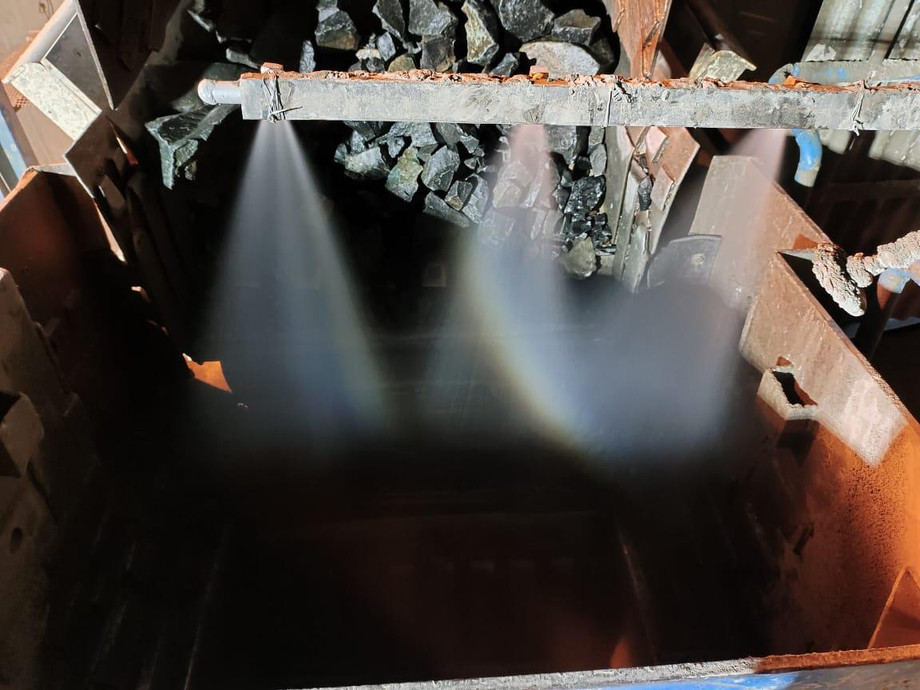Introduction:
Dry fog systems are an invaluable tool in various industries, from sanitation to firefighting. However, maximizing their effectiveness requires a nuanced understanding of their operation and maintenance. In this comprehensive guide, we'll delve into the best practices and tips for ensuring your dry fog system performs optimally, keeping your environment safe and clean.
Understanding Dry Fog Systems:
Dry fog systems utilize high-pressure air and water to generate tiny water droplets, typically smaller than 10 microns in diameter. These droplets disperse evenly, creating a fog-like mist that can penetrate even the most challenging spaces, effectively neutralizing contaminants or suppressing fires.
Key Components and Operation:
To ensure your dry fog system functions efficiently, it's crucial to understand its key components. These typically include a pump, pressure control system, distribution lines, and atomizing nozzles. Regular inspection and maintenance of these components are essential for preventing clogs and optimizing performance.
Choosing the Right Nozzles:
Selecting the appropriate nozzles for your specific application is critical. Factors such as droplet size, spray pattern, and flow rate should be carefully considered. Conducting thorough research and consulting with experts can help you choose the optimal nozzles for your needs, whether it's disinfection, odor control, or fire suppression.
Proper Installation:
The installation of a dry fog system should be carried out by experienced professionals to ensure proper placement of components and optimal coverage. Consider factors such as the layout of the space, potential obstacles, and safety regulations during the installation process.
Regular Maintenance:
Routine maintenance is essential for the longevity and effectiveness of your dry fog system. This includes inspecting and cleaning nozzles, checking for leaks or damage, and testing pressure levels. Establishing a maintenance schedule and adhering to it diligently can prevent unexpected downtime and ensure consistent performance.
Water Quality Management:
The quality of water used in a dry fog system can significantly impact its performance. Impurities or mineral deposits in the water can lead to nozzle clogging and reduced effectiveness. Implementing water filtration and treatment systems can help maintain water quality and prolong the lifespan of your equipment.
Pressure Control and Monitoring:
Maintaining optimal pressure levels is crucial for achieving the desired fog density and coverage. Investing in pressure monitoring and control systems allows for real-time adjustments and ensures consistent performance, particularly in large or complex environments.
Training and Education:
Providing comprehensive training to personnel responsible for operating and maintaining the dry fog system is essential. Proper training ensures that operators understand how to use the equipment safely and effectively, reducing the risk of accidents or misuse.
Performance Testing and Optimization:
Regular performance testing and optimization are necessary to confirm that the dry fog system is achieving its intended goals. Conducting airflow studies and particle distribution tests can identify areas for improvement and inform adjustments to the system configuration.
Environmental Considerations:
When deploying a dry fog system, it's essential to consider potential environmental impacts, such as water usage and chemical runoff. Choosing eco-friendly disinfectants and implementing water recycling systems can minimize the environmental footprint while maintaining effective sanitation.
Conclusion:
Mastering the operation and maintenance of a dry fog system requires attention to detail, proactive management, and a commitment to excellence. By following these expert tips and best practices, you can ensure that your dry fog system performs optimally, keeping your environment clean, safe, and secure.

